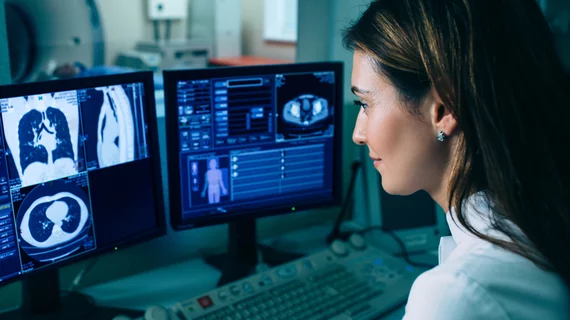Referring physicians want structured reporting while radiologists prefer free-form approach, survey finds
Referring providers crave structured imaging reports, while radiologists embrace a free-prose approach, according to new survey results released on Tuesday.
Most radiology residents also prefer a more systematized method of sharing their findings, signaling a possible change in future reporting trends. The findings are part of an online poll of nearly 400 providers at Beaumont Health in Michigan, published in Current Problems in Diagnostic Radiology.
“While many academic departments have started embracing structured reporting, resistance among radiologists still exists,” study author Ryan Kelsch, DO, a diagnostic radiology resident with the eight-hospital health system, and colleagues wrote Nov. 24. “We suggest the radiologist tailor his or her report style to the ordering physician given the discrepancy in radiologist and clinician preference,” they added later.
For their analysis, Kelsch and colleagues queried 5,280 clinicians, radiologists and physicians-in-training about their preferences. The questionnaire presented three different methods of recording the results from CT imaging of the abdomen and pelvis—free prose, narrative reporting; a middle ground with minimized structure; and a third more comprehensive version.
All told, 395 providers completed the survey for a response rate of 7.5%. Across all clinicians, the most detailed version won out at 47%, while the largest portion of radiologists preferred the free-form option at 41%. Nonradiologists, on the other hand, favored an expanded-structure reporting style (51%), but emergency medicine desired the middle-tier option (also 51%). Kelsch noted busy ED docs likely preferred reports with minimal structure for their shorter length and easier readability.
And about 54% of radiology attendings craved the free-form approach, compared to 82% of radiology residents, likely because of their greater willingness to embrace new reporting approaches, the authors noted. Reasons for older rads’ hesitance, the survey found, included concerns about decreased work efficiency or inadvertently including “normal standard report statements in cases where they should be deleted.”
“This can be overcome by careful template construction to avoid the inclusion of highly variable findings,” the research team advised.
You can read more on their results in Current Problems in Diagnostic Radiology here.

